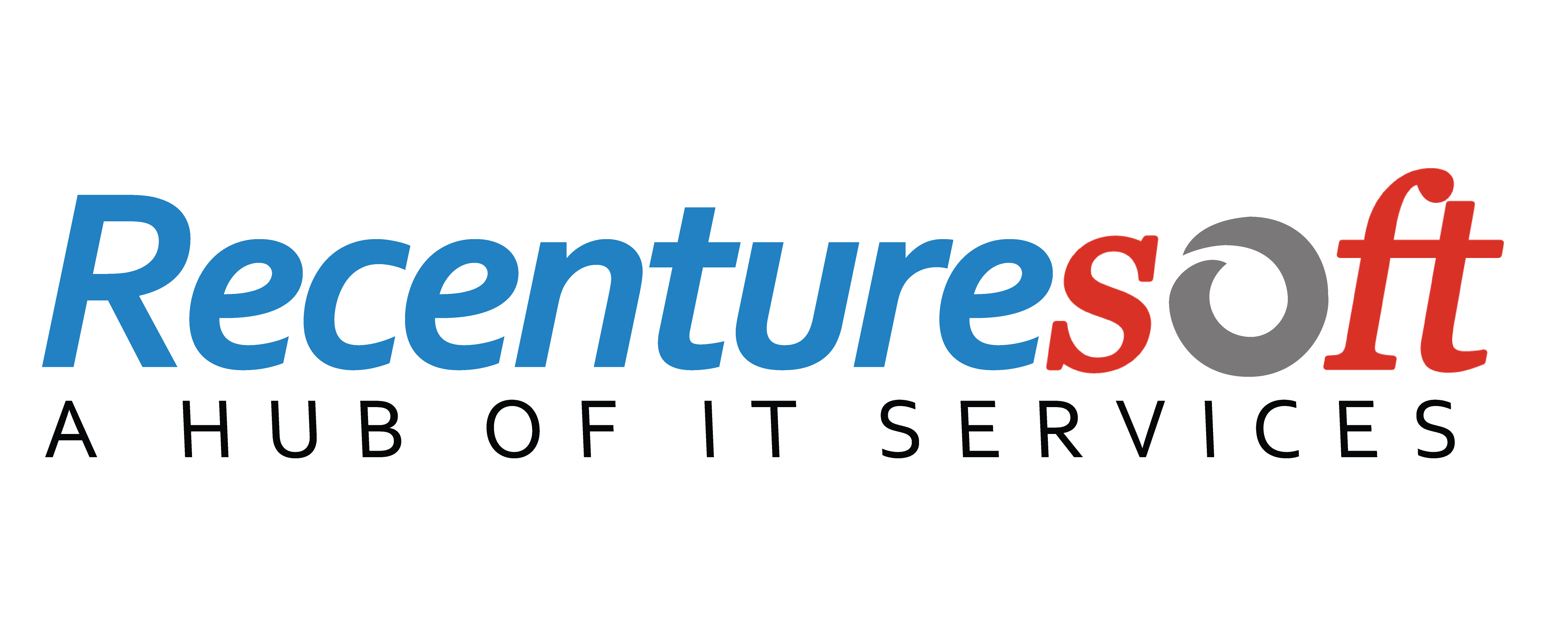Python is a sophisticated scripting language effectively used to connect major software elements. This programming language is a cross-platform and interoperability product. As per the research, it is a powerful, object-oriented programming language with dynamic typing and dynamic binding. It has a thriving user community dating back to at least 1991.
Python, like Tcl, is easy to extend with C/C++/Java code and integrate into applications. Tk, the Tcl GUI toolkit, is even used by Python as a de-facto standard compact GUI toolkit. Python, unlike Tcl, allows for object-oriented programming. Python programmers can take classes, use multiple inheritances, identify methods, and then use overload operators, among other things.
What are the advantages of Python?
Python code resembles executable pseudocode in terms of syntax. Python is undoubtedly 10 times quicker than C/C++ and 3-5 times faster than Java for programme development. Without composing any C/C++/Java code, a model of an app can often be written in Python. Almost always, the prototype is usable and continues to perform enough to be conveyed as the finished product, speeding up the process and money in the process. Many times, the prototype can be converted to C++ or Java in part or its entirety; Python's object-oriented nature enables a simple process.
Just compose the performance-critical portion of the application in C++ or Java, and then use Python for all advanced level control and personalization. There are plenty of observations about apps that began as pure C++ code and were later extended with Python. With each latest iteration increasing the proportion of the application written in Python, it improves the application's actual quality, capabilities, and reliability.
Python has a sizable online presence. It supports CGI programming (on Unix, Windows, and Mac platforms) and has interfaces to all main commercial databases. Python has HTML parsing, generation toolkits and a library that interconnects to the major Internet and web procedures.
In the world of distributed applications, Python is well-represented. Many distributed applications have been constructed in Python. It is one of the official languages supported by ILU.
Finally, Python is well-integrated with Windows-based operating systems. Python programmes can engage with COM and DCOM services and create new COM and DCOM services (something that Visual Basic cannot do!). Python could also be used in Microsoft's Active Scripting architecture as a scripting engine.
How is Python used as an integration language?
Python is widely used as an integration language, allowing existing components to be glued together. The approach here is to write Python extension modules (in C/C++) that make the features of large C/C++ components available to Python programmers. Even though Python cannot directly call C/C++ functions, the glue extensions manage conversion among Python data types, C/C++ data types, error detection and translation of error return values into Python exceptions.
The establishment of SWIG, which reads header files, containing functions, method prototypes and produces the required type conversion and error verifying code automatically, simplifies the formation of glue extensions. When the source code (generally C code) does not use an object-oriented prototype, the glue extension can be encased in a Python module that describes a proper class hierarchy, deferring the performance-critical processes to the C code.
Python allows different programmers to collaborate on a project, leading to better applications. C/C++ programmers, for instance, can apply accurate mathematical algorithms in a scientific implementation, while scientists working on this project can start writing Python programmes to evaluate and use those algorithms. The scientist is not expected to learn a low-level computer language, and the C/C++ programmer is not required to comprehend the science.
Without Python, huge quantities of C/C++ code are frequently required to provide an adaptable enough input method for scientists to feed the programme their information in all the variants required for the experimental procedure. Python could be used to create a more inclusive input mechanism in a smaller duration of time, or Python could be used to create a super flexible input mechanism. As an illustrative case, Lawrence Livermore National Laboratories has used Python to replace the current scripting language (BASIS) that was established in-house for the same intent; BASIS began as a small input mechanism for Fortran programmes, but over time gained many characteristics of scripting languages, resulting in increasing weirdness.
It is perfect for quirky integration tasks because it has interfaces. So, many various components can be in several different application domains. It can connect a commercial database to number-crunching code, give a network management tool a graphical interface, and write emails from a virtual reality app.
Conclusion
Python can play a significant integration role in the development of large, long-lived applications. It enables rapid adaptation of higher-level application logic without fundamentally altering underlying components in reaction to variations in user needs. It also enables the application to quickly adapt to changes in the underlying elements.







